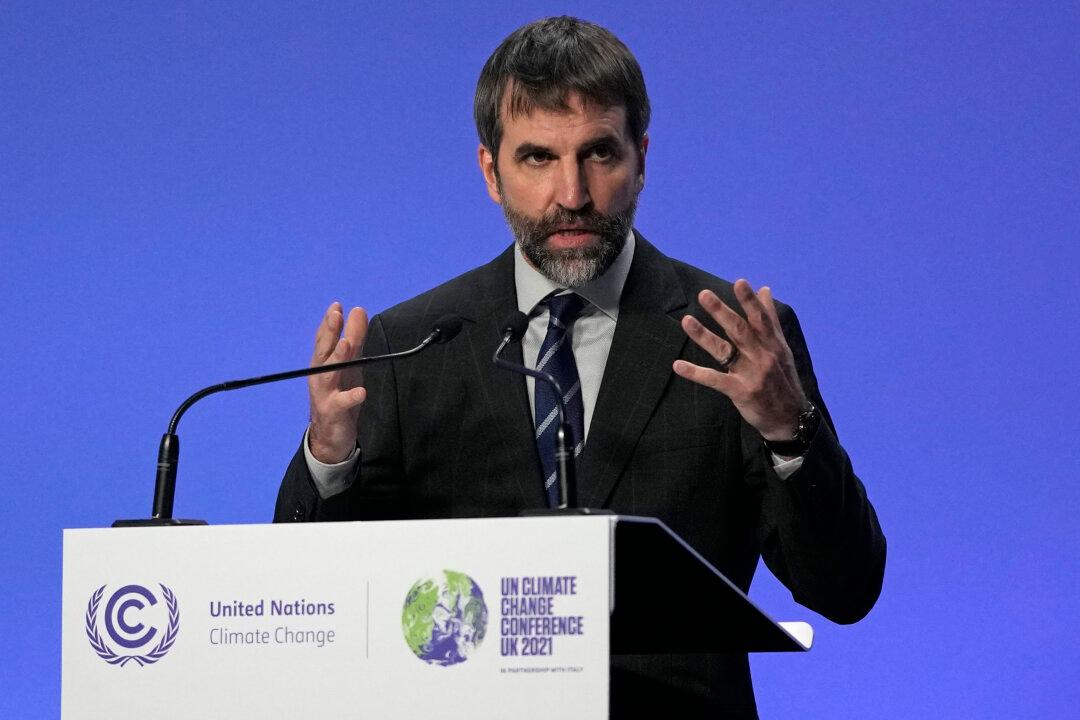Huge spending is needed to rework the developing world’s energy systems to achieve the aims of COP26, which seeks to address climate change through mitigation and adaptation. However, climate finance, one of the pillars of the UN climate conference, has a number of shortcomings for which Canada’s experience in the arena can provide some lessons.
In June, Ottawa announced it would double its international climate finance commitment of $2.65 billion, pledged in 2015, to $5.3 billion over the next five years to help developing countries transition to low-carbon economies.
At COP26 (Conference of the Parties) that wrapped up Nov. 13 in Glasgow, Scotland, Ottawa said that, as part of its $5.3 billion commitment, up to $1 billion would be to “expand access to clean energy and to support a fair and inclusive transition for coal workers and affected communities,” according to a Nov. 4 statement from Natural Resources Canada.
Ross McKitrick, an economics professor at the University of Guelph specializing in environment, energy, and climate policy, says that one of the negative effects of international climate finance is that it has blunted the development of fossil fuels in developing countries, which has led to those countries turning to authoritarian regimes like China and Russia.
“Adding money to these climate finance funds, if anything, is just increasing the pressure for developing countries to look to China and to some extent to Russia,” McKitrick told The Epoch Times.
“It allows the Chinese government to turn a lot of developing countries into client states because of the fact that they’re now the only game in town.”
McKitrick added that Canada’s $5.3 billion “is so small, it’s not even worth making,” especially in the context of strained finances.
“In a way, it can be counterproductive from a foreign aid point of view, given the serious financial difficulties that the government of Canada is facing, if that money is diverted from the aid budget, so that more pressing needs go unmet,” McKitrick said.
Spending Plan Unclear
The second issue, McKitrick said, is that the climate finance budget is “undefined.”
“There’s no real sense of what this money is actually going to do, what’s going to be the indicators of success.”
Non-profit AidWatch Canada published a report in September analyzing “the reality of Canada’s international climate finance.”
The report said: “The government has not set out a specific framework for allocating these resources [the $5.3 billion pledge] based on the lessons from the previous $2.65 billion allocations and an in-depth consultation in 2020 on future climate finance.”
The COP21 in Paris in 2015 agreement called for developed nations to support developing nations with at least US$100 billion in climate finance a year by 2020. That target has been missed.
COP26 urged full delivery on the US$100 billion annually through 2025, emphasizing the need for transparency on progress. Also, developed countries are being urged to at least double their climate financing—to $40 billion annually—for adaptation initiatives in developing nations.
Adaptation deals with reducing the impacts of a changing climate, while mitigation is about reducing emissions.





